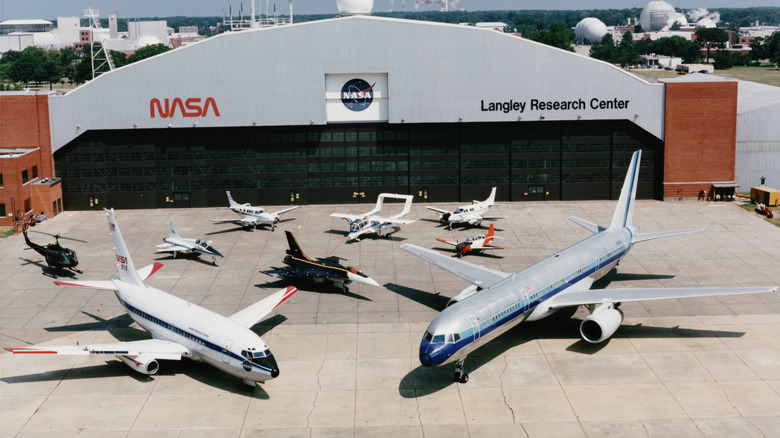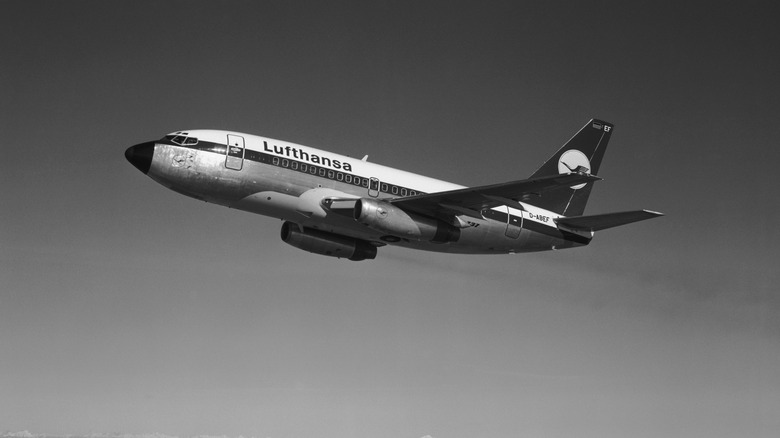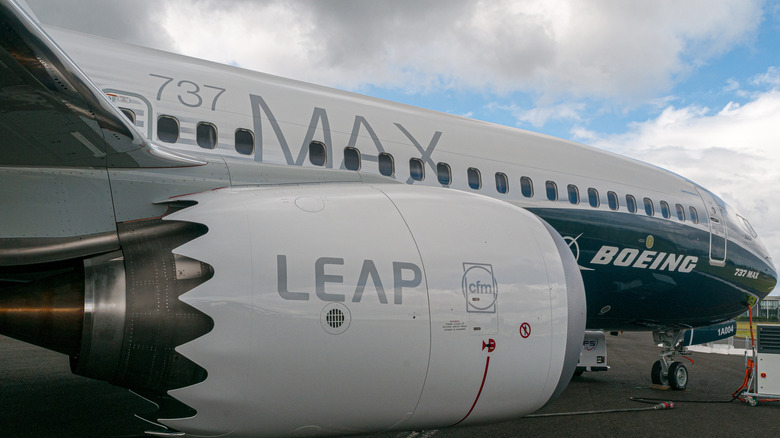How Old Is The Boeing 737 Jet And How Many Generations Does It Have Already?
The Boeing 737 is arguably one of the most successful aircraft in the history of commercial aviation. The 737 first took to the air more than a half-century ago on April 9, 1967. Since then, Boeing has launched three more generations of 737s, with the MAX series being the fourth and the latest generation. The twin-engine powered aircraft was designed for efficient short- and medium-haul travel with a smaller passenger capacity.
The first generation of 737s included the 737-100 and 737-200 aircraft, both offering different ranges and passenger capacities. Boeing has since worked on improving the range, fuel efficiency, and passenger capacity with each new generation of 737s.
Though considered one of the best jets Boeing has ever made, the Boeing 737 has also been riddled with controversies, especially the latest 737 MAX series airplanes. The most recent incident was the non-fatal door blowout on an Alaska Airlines Boeing 737 MAX 9, but the aircraft has also been involved in multiple fatal accidents. These incidents have resulted in fines and groundings by the FAA, and have blotted Boeing's reputation in commercial aviation. Let's dive into a timeline of the Boeing 737 and look at the technological advancements it has made over four generations.
Boeing 737's legacy spans four generations
Boeing entered commercial aviation in 1957 with the Boeing 707 and added the 727 in 1963. However, it still lacked a short-range aircraft, as the previous planes were long-range aircraft with around 3,000 miles of range. During the 1960s, the Douglas DC-9 and the BAC One-Eleven were primarily used by airlines for short- and medium-haul routes.
Boeing addressed the concern with the first generation of 737 jets, including the 737-100 and 737-200. Powered by two 14,000-pound-thrust Pratt and Whitney engines, these planes offered a range of 1,770 to 2,137 miles, depending on the model, and could seat anywhere from 85 to 136 passengers, based on seat configuration.
Boeing launched the second generation, or Classic series of 737s, from 1984 to 1990, including the 737-300, 400, and 500. Boeing replaced the P&W engines with the more fuel-efficient CFM56 engines. This increased the overall range and seating capacity, with a maximum capacity of 188 passengers, while the maximum range on the 737-500 was now close to 2,761 miles.
The third generation, aka the Next Generation series, arrived between 1998 and 2000. The lineup included 737-600, 700, 800, and 900 airplanes (along with 900-ER and 800 BCF variants). The lineup took the 737's range to a whole different level, with the maximum range of 3,958 miles, and could seat anywhere from 108 to 220 passengers.
The latest generation of 737s, the MAX series, launched in 2011 and included the MAX 7, 8, 9, and 10 airplanes. It featured the more fuel-efficient LEAP-1B engines, offering an improved maximum range of 4,430 miles on the MAX 7.
Recent accidents have tarnished Boeing 737's reputation
The new LEAP-1B engines on the MAX series planes were not only fuel-efficient but also much larger than their predecessors. Boeing had to install these engines slightly higher to maintain the necessary ground clearance; however, this minimal change also caused the planes' noses to shoot too high during full thrust. Boeing implemented a software solution, the Maneuvering Characteristics Augmentation System (MCAS), that would automatically detect if the nose was too high and push it downward. The system would activate automatically without pilot input, and pilots were only briefly informed about this new update.
Faulty MCAS sensors caused two major airplane crashes: Lion Air Flight JT 610, in which 189 people died in 2018, and Ethiopian Airlines Flight 302, which killed 157 people in 2019. The planes were grounded after these accidents, and both the FAA and Boeing were held accountable for negligence and improper certification.
The planes slowly regained clearance for flying in different parts of the world from 2021 to 2023. However, the debacle was far from over. In January 2024, the door on Alaska Airlines 737 MAX 9 blew off only minutes after the plane was airborne. The pilots safely landed the plane with no casualties on board, but the FAA immediately grounded the MAX 9 planes. The MAX series has cost Boeing over $20 billion in fines and compensations, tarnishing the legendary reputation of the 737 planes which it built over decades of flying.


